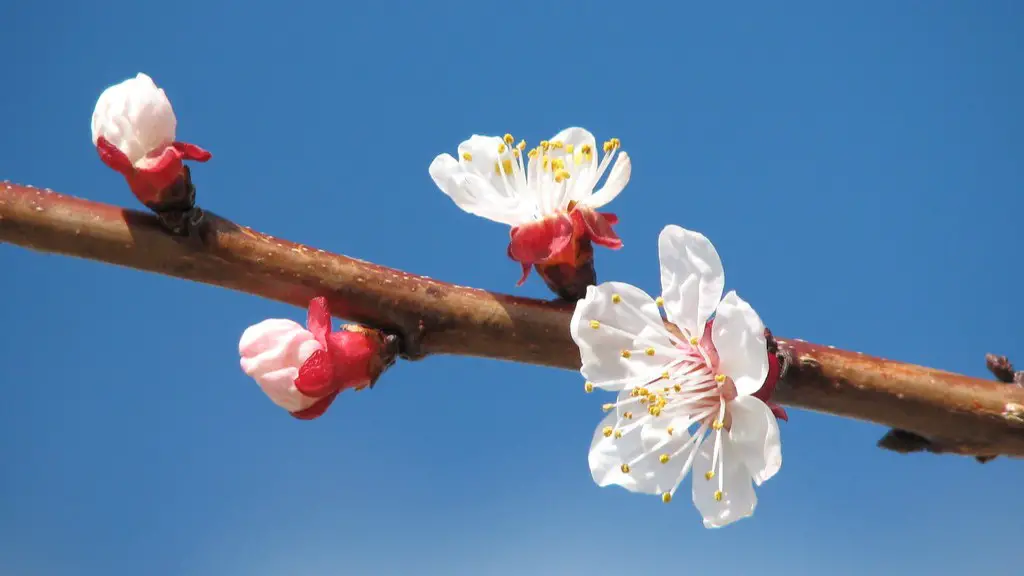Transplanting a lemon tree into a bigger pot can be a daunting task, but with the right preparation, it can be done easily. To begin with, check that the new pot is larger than the old one by at least two inches in diameter and several inches in depth. Make sure that there are adequate drainage holes in the bottom of the pot and that it has a saucer to catch any excess water that escapes. Next, prepare the potting mix. Blend together one-third of soil from the garden and two-thirds of well rotted compost or potting soil.
Now, it’s time to transplant the lemon tree. Before you start, water the tree thoroughly and allow the excess water to drain away for a few minutes. Carefully remove the old pot and loosen the root ball by gently tugging at the roots. Place the tree in the new pot and fill in the rest of the pot with the potting mixture, pressing it down firmly. Water the tree again, then add extra soil where needed to create a mound around the root area.
Once the lemon tree is transplanted, it will need to adjust to its new environment. It’s best to keep the tree in a sheltered spot, such as indoors or in a sheltered patio area, for a couple of weeks to help with the transition. Make sure to keep the tree well watered and to apply mulch or compost to help protect the roots. Additionally, make sure to keep up with regular pruning to help keep the tree healthy.
Finally, it is important to inspect the tree regularly to ensure it is healthy and thriving in its new environment. Look out for any signs of disease or pests, such as yellowing of the leaves or wilting of the stems. If any of these are present, take action immediately to address the problem.
Fertilizing a Lemon Tree
Once a lemon tree is transplanted, it is important to create a fertilizing routine to ensure it remains healthy. Lemon trees prefer a slightly acidic soil and therefore require a fertilizer such as ammonium sulfate. Apply the fertilizer every six to eight weeks, using an amount that is according to the manufacturer’s instructions.
Additionally, adding organic matter such as compost, aged manure, or peat moss can help to improve the structure of the soil and provide additional nutrients for the tree. Work the organic matter into the soil around the tree, and make sure to water the tree thoroughly after doing so.
It is also important to monitor the pH level of the soil. The ideal pH level for lemon trees is slightly acidic, between 6.0 and 7.0. If the pH level is too high, this can lead to nutrient deficiencies or root rot. To lower the pH level, apply small amounts of elemental sulfur or an acidifying fertilizer.
Finally, to help protect the lemon tree from pests and diseases, spray it with a diluted solution of insecticidal soap or neem oil. This will help to ward off common pests such as aphids, spider mites, and mealybugs. Additionally, regular pruning of the tree can help to promote healthy growth and prevent disease.
Placement of Lemon Trees
Careful consideration should be taken when deciding where to place a lemon tree. Lemon trees require plenty of sunlight in order to produce healthy fruit, ideally at least six hours per day. The ideal location for the tree would be in a sunny spot where it doesn’t receive strong winds or extreme temperatures. Ensure that the area is well ventilated, as stagnant air can lead to fungal growth.
Additionally, lemon trees need to be protected from the cold, so be sure to take precautions that can lessen any frost damage. Bring the tree indoors when temperatures dip below freezing, or create a shelter out of a tarp or burlap to protect it from frost. If the temperature is going to stay cold for an extended period of time, wrap the tree in burlap or a blanket.
Soil drainage is also important for a healthy lemon tree. The soil should be well drained, and the tree should never be planted in a spot that tends to stay wet or soggy after rain. If the area has poor drainage, the tree should be planted in raised bed or pot that has a drainage hole, so the roots are not standing in standing water.
Finally, it is important to keep the lemon tree away from other plants, as it can be sensitive to other trees and plants. If the tree is going to be planted in an area with other plants, make sure that the lemon tree is planted at least 10 feet away from the other plants.
Pruning a Lemon Tree
Regular pruning is an important part of caring for a lemon tree. Pruning helps to promote healthy growth, encourage fruit production, and remove dead or diseased branches. If the tree is getting too tall, thinning it out can help to maintain its size and shape.
To prune a lemon tree, start by removing any dead or damaged branches. These can be identified by their discolored or dead leaves, or by looking closely at the branch. If the branch has a crack or split in it, it should be removed.
Next, look for branches that are crossing or rubbing against each other. These should be pruned away, as they can cause injury to the tree. Additionally, any branches that are thin and spindly should be cut back to encourage thicker, healthier growth.
Additionally, it is important to look out for branches that are growing too close to the trunk. These should be pruned away, as they can compete with other branches for energy and nutrients and inhibit healthy growth. Additionally, pruning away branches that are growing inward or outward will help promote a strong tree shape.
Finally, fruit-bearing branches should be pruned to encourage more fruit production. The best time to prune lemon trees is during late winter or early spring, before the tree starts producing new growth. Prune away the oldest branches first to make way for new growth.
Watering a Lemon Tree
Watering is an important part of caring for a lemon tree. The tree needs to be watered regularly to ensure that it has enough water to produce healthy fruit. The tree should be given 1-2 inches of water per week during the summer, and 1 inch of water per week during the winter. The soil around the tree should remain moist, but not soggy.
Additionally, the tree should only be watered when the soil is dry. To check the soil, use a soil probe or your fingers to feel the soil around the tree. If it feels dry, it is time to water the tree. Avoid watering the tree too frequently, as this can weaken the tree and lead to root rot.
In addition to regular watering, make sure to give the tree mulch to help protect the roots and retain moisture. Organic mulch, such as shredded leaves or bark, should be applied around the tree to a depth of three inches. This will help to keep the soil moist and cool, and suppress weeds from growing around the tree.
Finally, if you live in a drier climate, consider using a drip irrigation system to provide the tree with consistent and adequate amounts of water. This type of system can be set up to provide the tree with water at intervals throughout the day, and can help to ensure proper watering year round.





